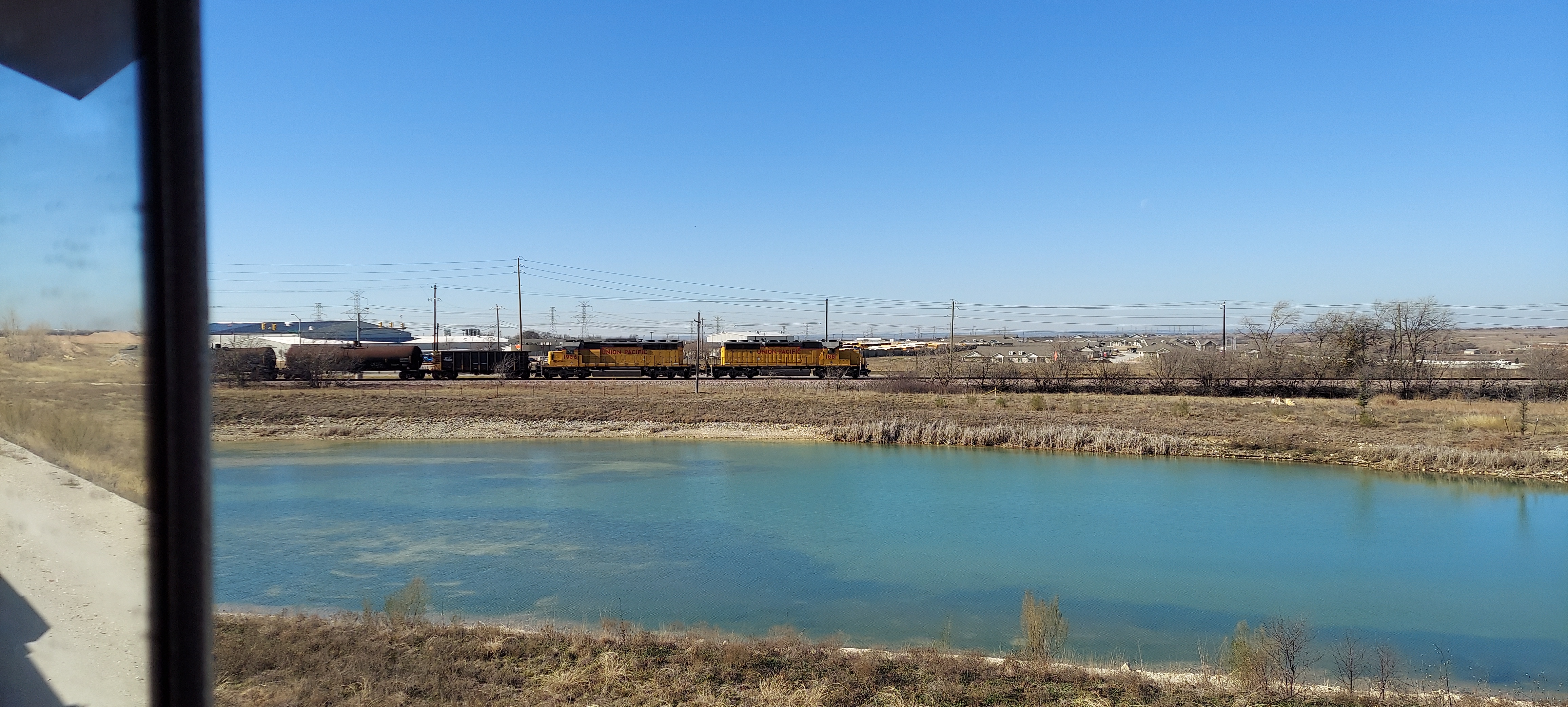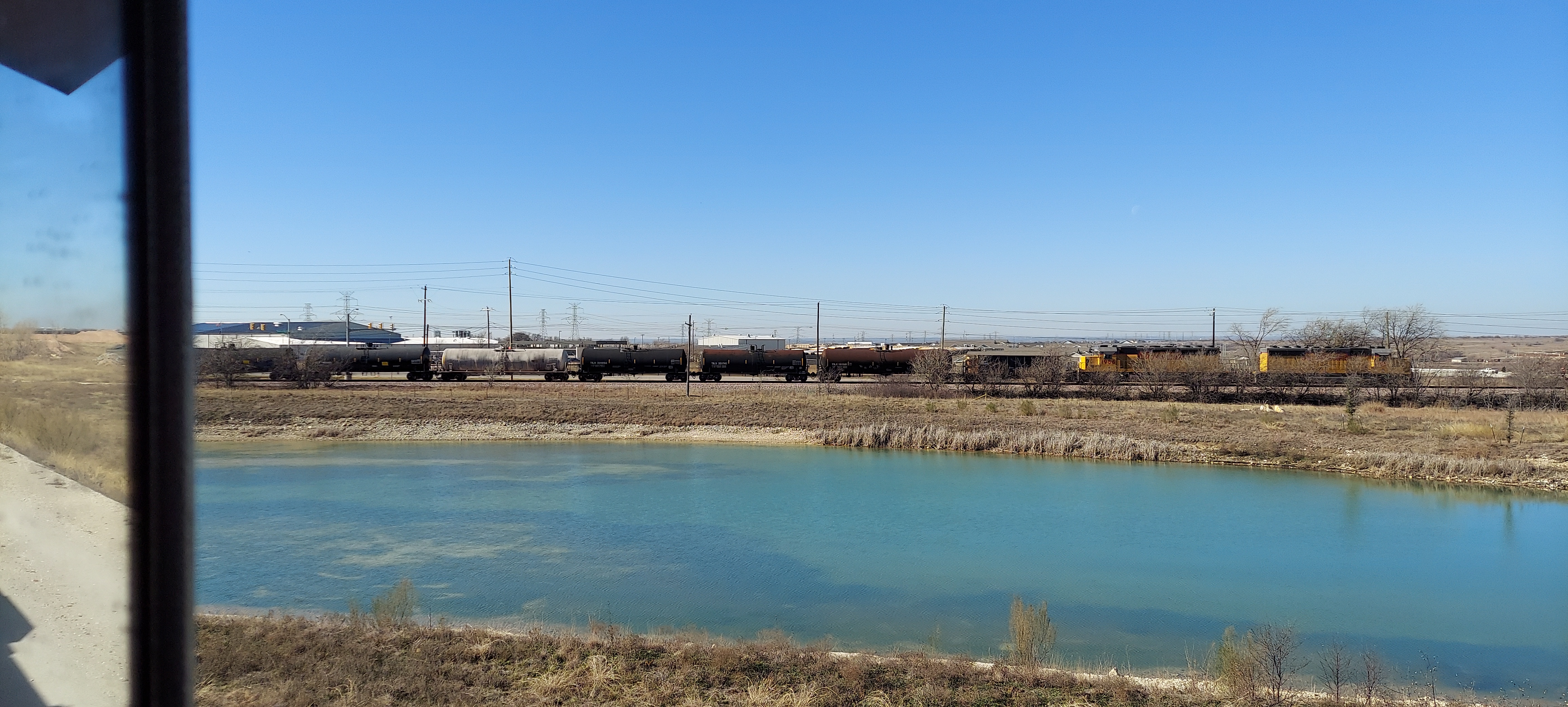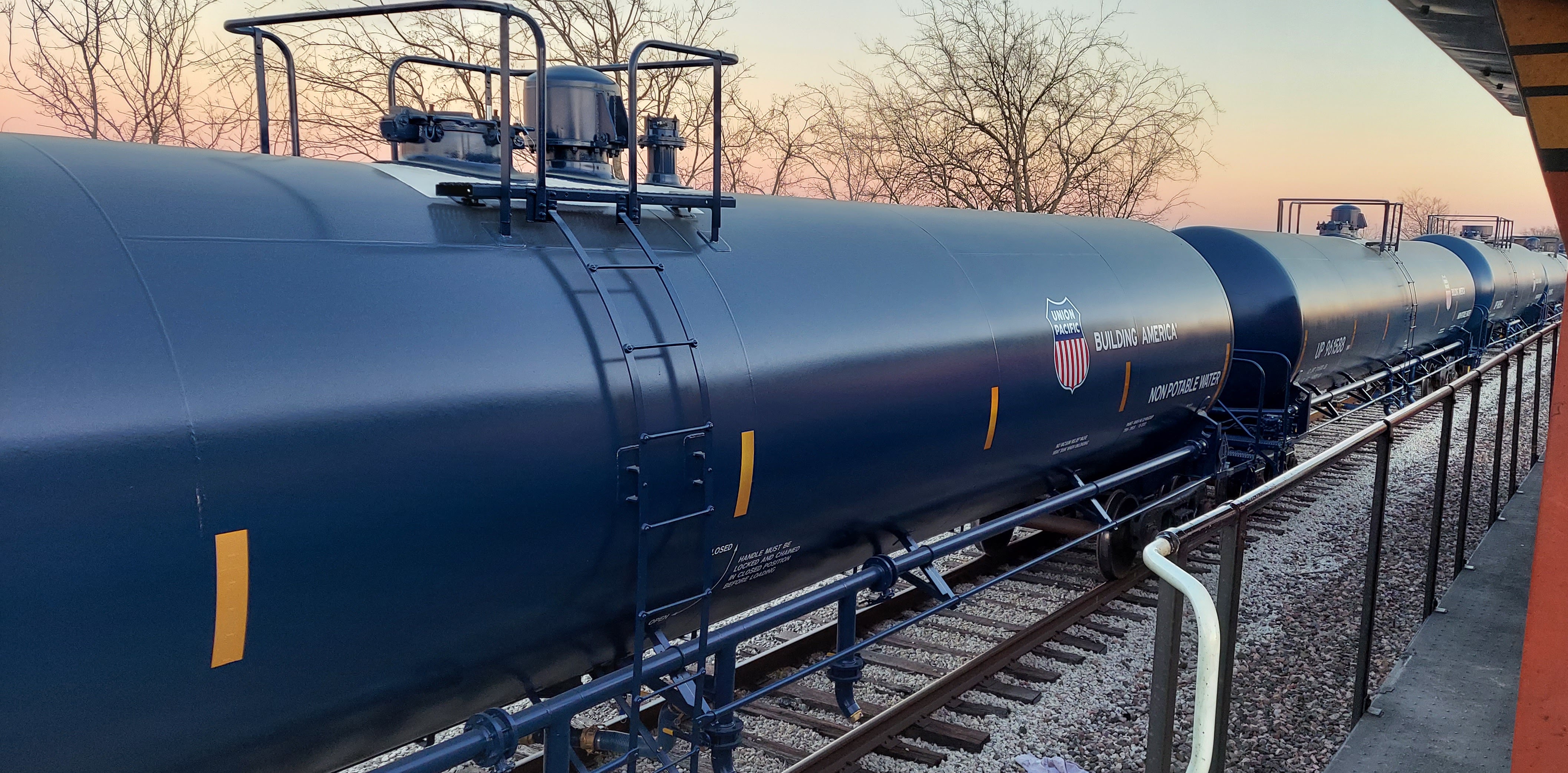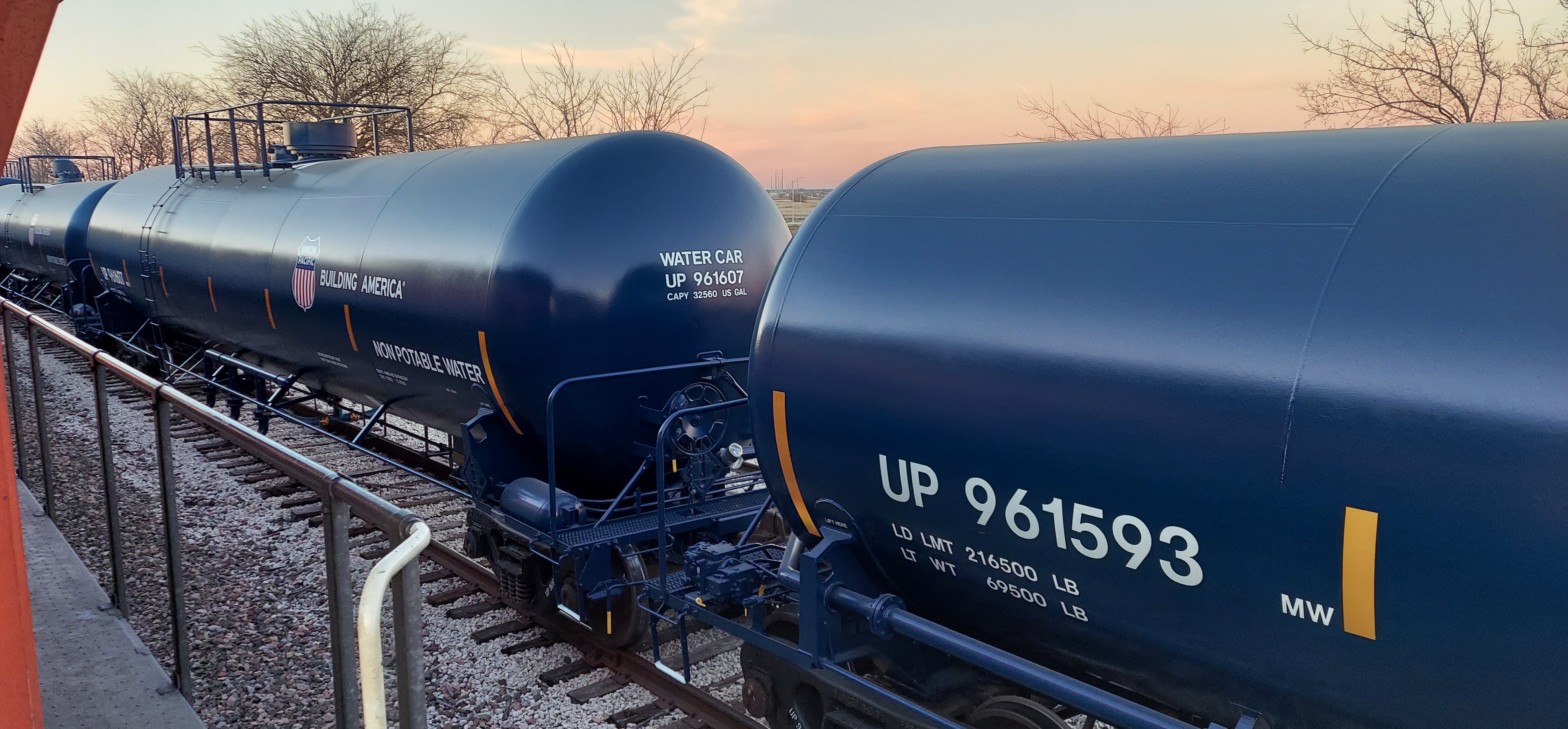TLOC
Well-Known Member
I love big Manufacturing facilities. FW has lots of good examples and when we drive through it seems to mostly Terry driving to Waco before we switch. Looking out the window has been interesting to say the least.. Much more modern then driving through St. Louis that because of its aging and closed factories has more character. For detail freaks, those last couple of the manufacturing yards will have them droolingThere are some other facilities in the area that would make a good industry to model. If you go south on I35W at the SE intersection of NE 28th Street and 35W was a plant on a triangular shaped plot of land next to the old joint T&P/MKT line between Fort Worth and Whitesboro (now the UP Choctaw Sub Main 2). This plant constructed many types of cars over the years but I remember seeing covered hoppers more often than not. An old coworker of mine worked here painting railcars before we worked together.

If you go west along NE 28th Street from here at the point where you've crossed under the Fort Worth & Western and UP Choctaw Sub Main 1 (former FW&D main) but before you reach the UP Duncan Sub (former OKKT nee Rock Island) and BNSF Fort Worth Sub main (former Santa Fe) there is another triangular plot of land south of the street where tank bodies were constructed (and might still be). As far back as I can remember these bodies would be loaded on Trinity's flatbed trailers and hauled by their distinctive mint green Freightliner cabovers north to the Saginaw plant you showed above for assembly into finished cars.

Another Trinity plant that was a bustling place in the past but seems to be a ghost town now is their Irving Blvd. facility in Dallas just south of Mockingbird Yard. It's on a rectangular plot of land in the center of this image and a spur connects it to the yard lead at the NW corner of the property:

I don't know how other railcar manufacturers did things, but Trinity seemed to be very decentralized. There were always trucks moving around town with steel shapes, wheels, trucks, tank ends and other components delivering subassemblies from one plant to another. Even if you couldn't recognize the component it was hard to miss their trucks.
I don't think it would take much to model one of these facilities. You could leave the large structures off the edge of the layout or just imply them with background flat versions and keep the spur track and storage tracks leading to the main. At the edge of the facility along the fence you could line up trucks, wheels, and steel shapes. Of course you'll need some flatbed and lowboy trailers to fill in some of the space, and maybe an overhead crane on the spur track for unloading large components like the zoomed in version of the Irving Blvd plant seen here:

thanks for sharing






